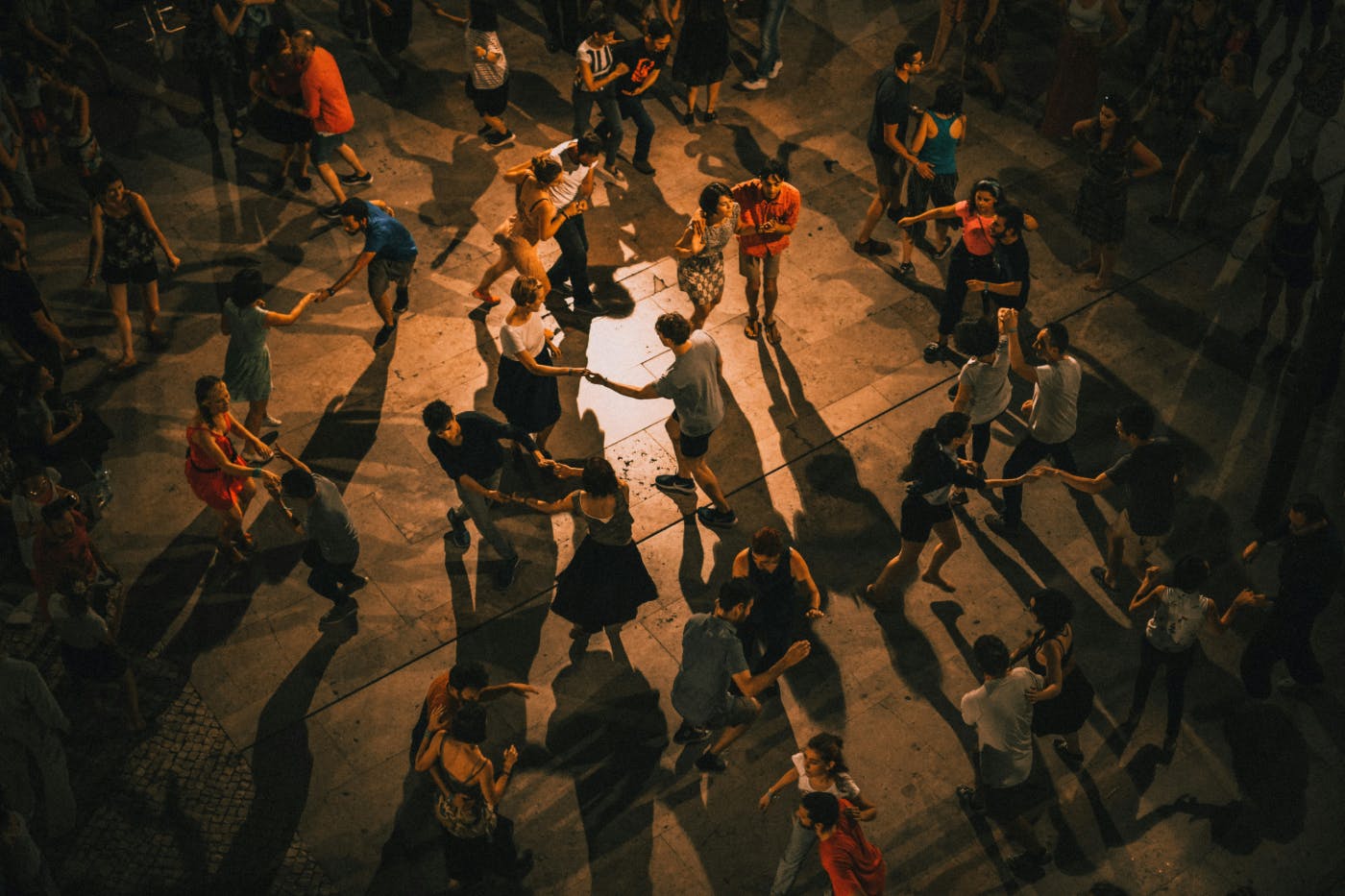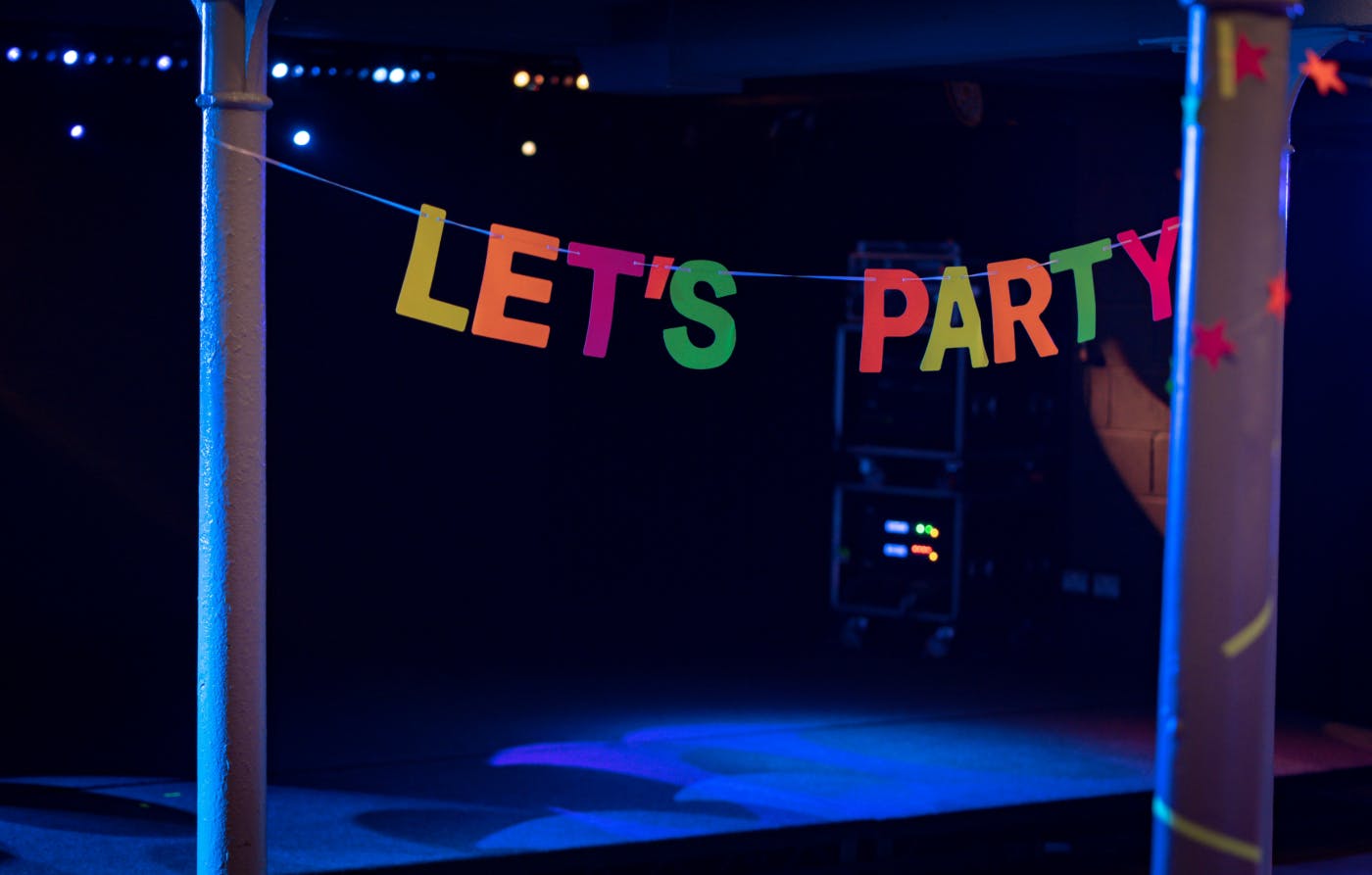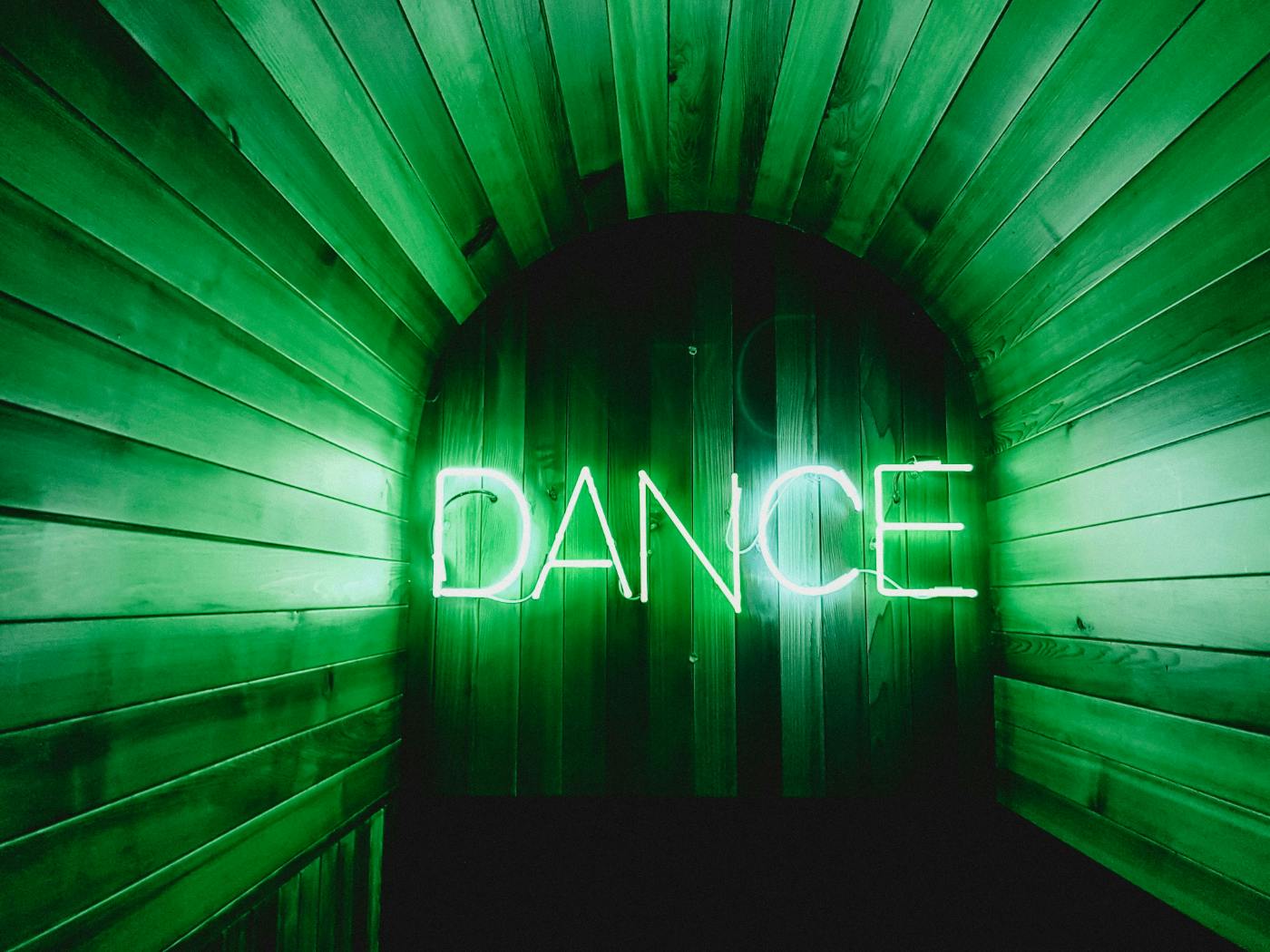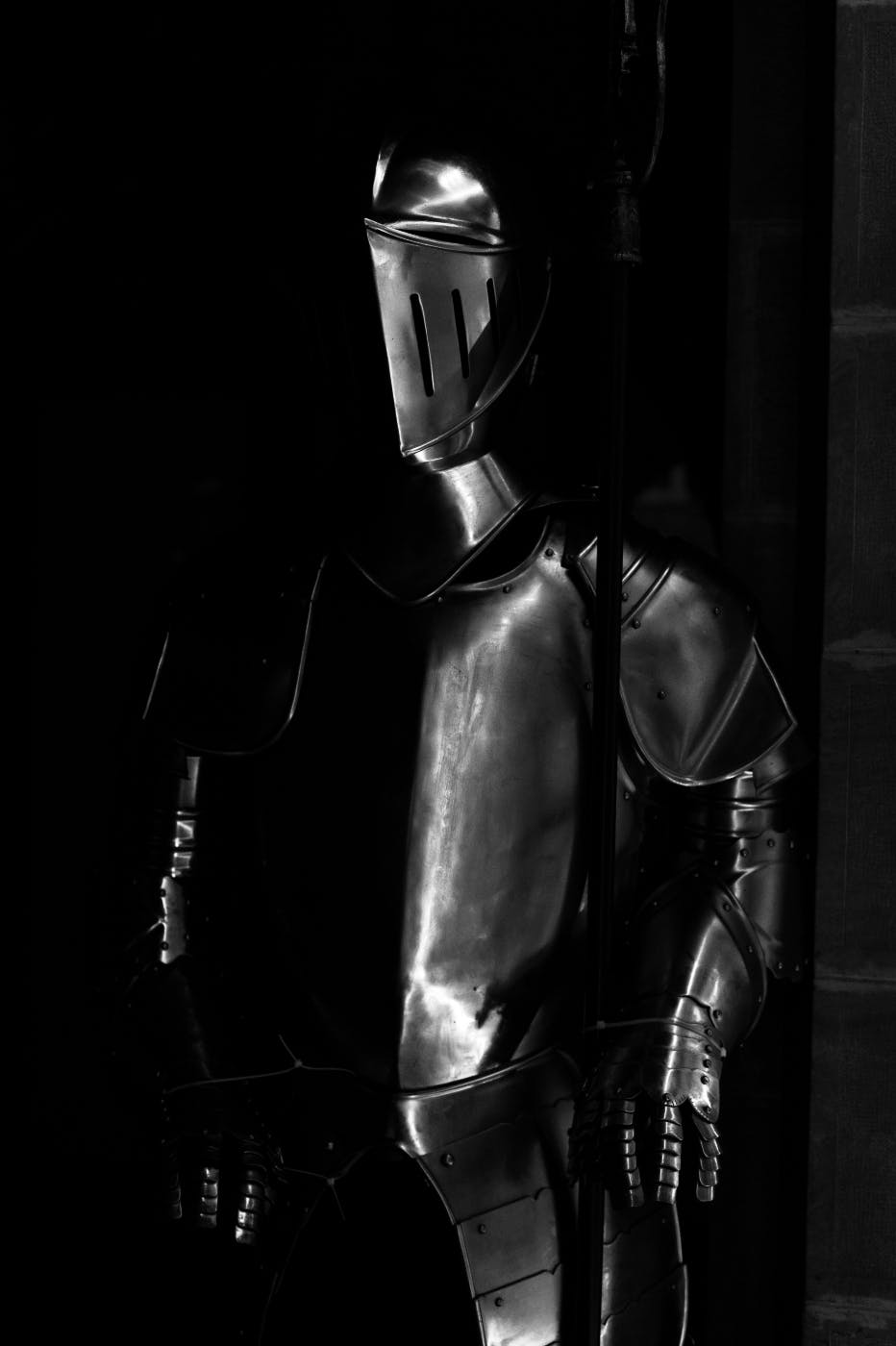

Morale isn’t the same as motivation. Motivation can be sparked by deadlines, bonuses, ambition, or the fear of failure. But morale is deeper. It’s emotional. It’s cultural.
When you’re a young actor coming out of school, one of the best opportunities you can get is to intern with a theater. You work with great actors, you earn points toward your Equity card, and you pay your dues to the business. If you keep your eyes and ears open, you can learn things that you’ll carry with you for the rest of your career. It’s a wonderful learning and growing experience where you begin to feel part of the art form.
You’ll also drink heavily, sleep very little, and work your ass off.
Being an intern means you’re in the shows—usually summer stock is a couple of musicals and a couple of plays, all rehearsed and performed at breakneck speed. Along with your acting duties, you’re on the set crew, the lighting crew, or the costume crew, building and lighting sets, making and maintaining costumes. You’re up at the crack of dawn, and in bed—well, later and later as the season progresses. In a good internship, you have people who teach you but also make sure you’re not burning out and hating your life. A good internship is filled with people who will push you to your brink but keep your morale up.
In one internship I did, there was a shop foreman named Fallon. He was tough, no-nonsense, had been in the business for seemingly centuries, and he was great at his job, taking designs and building set after set with skill and artistry. Though he was a serious guy, he also understood people.
I recall one late morning in the third week of the internship. I was making flats, trying to stay awake, trying to understand how this was going to make me a better actor, and teetering on the edge of saying, “Screw this,” and going home. I wasn’t alone. We were all pushed to the edge—sleep-deprived and overworked.
Into the shop walked Fallon. He looked around, saw our physical and mental state, and he just knew.
“Alright, everybody over here,” he called.
We stopped what we were doing, gathered around him, bracing for one of his infamous death stares. We were waiting to be told we were doing poorly, waiting for the final straw to break our backs. Fallon stood by one of the large work tables. None of us noticed that he had placed an old turntable there.
He looked us over and said, “You people—you know what you need?”
It was rhetorical, but in our heads, we had answers: Revolt. Quit. Burn this place down.
But what Fallon did next taught me something I’ve never forgotten.
“What you need,” he said, and then dropped the needle on the Saturday Night Fever album, “is a dance break!”
It took a second for us to process it, but then we all danced. We danced like crazy people. We laughed our asses off. For about twenty minutes, we let loose. And when Fallon finally said, “Okay, let’s get back to work,” we had a wiggle in our bodies, newfound energy, and a sense of being reborn.
As the season progressed, Fallon would sometimes look at someone and say, “Call it.” Once, he looked at me: “Kiernan, call it.” And whoever he chose would shout, “Dance break!” The music would come on, and we’d dance like mad for ten, fifteen minutes. It was glorious.
Fallon knew what was needed and when it was needed. He didn’t do it on day one—we wouldn’t have appreciated it. But his years of experience told him exactly when to drop the needle.
I had a great summer. I loved that internship. And I learned how important the dance break—the morale booster—really is. I carried that with me into my directing and teaching careers. Because morale has to be actively maintained, without it, nothing meaningful or lasting can be learned.
Fallon didn’t drop the needle to be nice. He did it to save the work. And that’s the point—morale isn’t about making people feel good for the sake of it. It’s about protecting the quality of the process and the people doing it.
So let’s zoom out. Beyond the theater, beyond summer internships—why does morale matter so much in the real world of business, teams, and leadership?

Why Morale Matters
In the theater, you can’t fake energy. Audiences feel it. They know when a cast is clicking and when something’s off. The same is true in any company, studio, or organization. You may not have a paying audience, but your clients, partners, and coworkers feel the energy of a team. And morale is the current running under all of it.
Morale isn’t the same as motivation. Motivation can be sparked by deadlines, bonuses, ambition, or the fear of failure. But morale is deeper. It’s emotional. It’s cultural. It’s the atmosphere in the room when no one is watching. High morale says: “We’ve got each other’s backs. We believe in what we’re doing. We trust the process.” Low morale says, “I’m just here. I don’t know why anymore.”
And the cost of low morale? It’s enormous, even if it’s not always visible right away.
You see it in the slow drip of disengagement. Tasks take longer. Collaboration thins. Meetings get quiet. The lightness is gone. People stop asking questions—not because they don’t care, but because they don’t think it’ll matter. And eventually, some just leave. Or worse, they stay and mentally check out.
On the flip side, when morale is strong, things move differently. People volunteer ideas. They solve problems before they reach your desk. They laugh in meetings—not because everything’s easy, but because there’s room to breathe. You can feel a team with good morale. You can hear it in the rhythm of conversation. You can see it in the way they show up.
Morale is not fluff. It’s not an extra. It’s a force multiplier. And if you’re leading a team, creating culture, or just trying to get through a tough season, morale may be the one factor that shifts everything else.
But here’s the thing—you don’t always see it slipping until it’s already gone.
So, how do you know when it’s time to step in? How do you recognize that moment—that perfect, critical “call it”—before burnout takes hold?
Let’s talk about the signs.
Signs It’s Time to Call a Dance Break
Sometimes low morale shows up loudly—people complain, clash, or shut down completely. But more often, it creeps in quietly. A good leader doesn’t wait for a blow-up; they notice the shift in the room, the dip in rhythm, the subtle signs that energy is leaking.
Fallon didn’t need a survey to know we were running on fumes. He walked into the shop, looked at our faces, our body language, and felt it. That kind of awareness is the mark of experience, but it can also be practiced.
Here’s what to watch for.
Behavioral Signals
- People stop engaging. Meetings go silent. No one’s volunteering ideas. When you ask for input, you get shrugs or eye contact with the floor.
- Mistakes increase. Attention to detail drops. People aren’t being careless—they’re just exhausted.
- Speed without purpose. The team is moving fast, but not thoughtfully. It feels like a grind instead of a mission.
Emotional Signals
- Laughter disappears. The team used to joke, tease, and celebrate. Now it’s all business—or worse, resignation.
- Hesitation replaces confidence. People second-guess themselves. They delay decisions. They don’t raise red flags early.
- Visible withdrawal. Someone who used to lead from the front is now fading to the back of the room.
Cultural Signals
- Everything is reactive. You’re not building—you’re just managing problems.
- No one celebrates the wins. Or they’re too small, too fast, too buried to notice.
- Feedback dries up. Constructive input is replaced by formality or silence.
The key is to notice before the system breaks down completely. Because when you catch it early, you don’t need grand gestures.
Sometimes all it takes is what Fallon gave us: a moment of release, of connection, of levity. A shift in the rhythm that reminds people they’re human and seen.
So what does that look like in a company, where a literal dance break may not be on the table? Let’s talk about how you translate that idea into real leadership action.

What a “Dance Break” Looks Like in a Business Context
Most companies don’t keep a turntable and a Bee Gees record on hand—and that’s fine. The point isn’t the music. It’s the pause. It’s the intentional interruption of burnout, the break in the cycle that says, “We see what’s happening. Let’s shift the energy.”
A “dance break” in business doesn’t need to be literal. It just needs to create space for renewal. What matters is that it’s timely, authentic, and human.
What It Can Look Like
- An impromptu team lunch where the agenda is “no work talk.”
- A walk-and-talk meeting instead of another Zoom.
- An afternoon off after a brutal sprint, without requiring people to “earn it” again the next day.
- A Slack thread just for nonsense. GIFs, memes, whatever gets people smiling again.
- Creative collisions. Hosting a brainstorming session with zero expectations—just let ideas fly for an hour.
- Recognition out of nowhere. A handwritten note. A shoutout. A 60-second voice memo to say, “You crushed it this week.”
None of these is revolutionary. But at the right moment, they are powerful.
Because morale resets don’t always need to fix the problem. Sometimes, they just need to remind people that their energy, mood, and presence matter—and that someone is paying attention.
Tone Matters
Let’s be clear: a “fun break” delivered at the wrong time—or with the wrong tone—can backfire. If morale is low because people feel unheard, overworked, or disrespected, you can’t cover that with cupcakes.
A true morale boost is:
- Timely (not premature)
- Earned (not performative)
- Simple (not elaborate)
- Honest (not forced)
Fallon didn’t start with dance breaks. He built trust first. He watched, listened, and worked alongside us. When he finally said, “Dance break,” it landed because it came from someone who got it.
So if you’re going to lead morale resets, you need more than a list of ideas.
You need timing. Awareness. Instinct. And the courage to call it when the team needs it most.
Let’s talk about that timing, because calling the break too soon can fall flat, and calling it too late can mean it’s already too late.
Timing Is Everything
A morale boost at the wrong time is just noise. One that’s too early feels forced. One that’s too late feels hollow. The magic is in the when.
Fallon didn’t walk into the shop on day one and drop the needle on disco. If he had, we would’ve rolled our eyes or tuned him out. He waited until we were cooked—tired enough to need a break but not so far gone that we’d stopped caring. And when he gave us that release, it landed. It lifted.
That kind of timing is an art. But it’s also a skill leaders can develop.
The Risk of Too Soon
- Teams need to earn the dance break, not through suffering, but through effort.
- If you step in too quickly with fun or celebration, it can feel like you're ignoring the actual stress.
- Worse, it might feel like you’re trying to buy morale rather than build it.
- Premature morale boosts can erode credibility.
The Risk of Too Late
- When burnout hits full force, a dance break isn’t enough.
- People may be too checked out to re-engage.
- Delayed recognition or relief can turn into resentment: “Now you care?”
Late-stage morale repairs are harder—and more expensive—than early interventions.
Finding the Right Moment
So, when do you call it?
You call it:
- When energy is lagging, but not lost.
- When people still care, but they’re showing signs of strain.
- When there’s effort, but it’s fraying at the edges.
- When the team has pulled off something hard, and they’re too tired to celebrate it themselves.
If you're unsure, ask yourself:
"Is this a moment to push harder, or a moment to step back and restore the team’s capacity?"
If you’re asking the question sincerely, you probably already know the answer.
But a single dance break—even perfectly timed—isn’t enough to carry a team through an entire season, quarter, or project.
If you want lasting impact, you need to build a culture that doesn’t just allow for morale but protects it.
Let’s discuss how to make that part of your company’s rhythm.
Building a Culture That Sustains Morale
A well-timed dance break can save a moment. A strong morale culture can prevent the need for one in the first place.
Fallon’s dance breaks worked because they weren’t a gimmick—they were part of a broader culture of respect, toughness, and trust. He pushed us hard, but he watched over us. He didn’t micromanage, but he noticed. And when it was time to reset the mood, we followed his lead because we knew he had earned it.
The lesson? Morale isn’t just a response—it’s a rhythm. And if you want a team that lasts, you need to design for it.
Build Micro-Morale into the Day-to-Day
- Don’t wait for burnout to hit. Integrate small, daily rituals that lift the mood or lighten the load.
- This could be five minutes of non-work talk at the start of a meeting. Or a rotating team member who gets to choose the weekly playlist.
- Small, consistent signals that say: “You matter. You’re seen.”
Encourage Peer-to-Peer Morale Boosting
- Morale isn’t just the leader’s job.
- When teammates encourage each other, celebrate each other, or simply check in, it amplifies trust and resilience.
- Create the conditions where that behavior is normal, not a heroic exception.
Normalize Rest Without Guilt
- Productivity without pause leads to burnout, not brilliance.
- Encourage people to take the break, the walk, the breather—not after they’re empty, but before.
- A culture that respects energy is a culture that protects its people.
Ditch the Forced Fun
- Mandatory happy hours. Theme days that no one asked for. Icebreakers that feel like punishment.
- People can smell inauthenticity. If the morale boost feels obligatory, it becomes a chore.
- Focus instead on freedom, surprise, and trust—let the team shape how they unwind or reset.
Make Morale a Shared Responsibility
- Leaders model it. Teams maintain it. Culture sustains it.
- Ask the team regularly: “What’s lifting you up right now? What’s wearing you down?” Then act on what you hear.
- The goal isn’t to eliminate stress. It’s to keep the weight bearable—and shared.
Fallon knew morale wasn’t something you lectured about. It’s something you build with timing, trust, and care. And while most of us aren’t running scene shops or building flats, the principle holds.
Because at the end of the day, morale doesn’t just keep the lights on. It keeps the people in the room.
Let’s bring it home.

Summing Up
Fallon didn’t give us permission to dance—he danced with us. That’s what made it real. He didn’t hover on the sidelines, checking his watch. He jumped in. Moved. Laughed. For twenty minutes, he wasn’t just the foreman—he was one of us, in it with us. And in that moment, the message was clear: “We’re tired, but we’re still together.”
That’s the heart of morale. Not perks. Not policies. Presence.
Because in any company, studio, classroom, or creative crew, morale is what carries people when time, energy, and clarity run thin. It’s what keeps teams from unraveling when the pressure mounts. And it’s what makes the hard work worth doing.
You can’t manufacture morale with slogans or breakroom donuts. You earn it by being attuned. You strengthen it by acting before the wheels fall off. You sustain it by building a culture where recovery isn’t a disruption—it’s part of the rhythm.
So here’s the real question:
When was the last time you called a dance break? And more importantly—did you dance, too?
